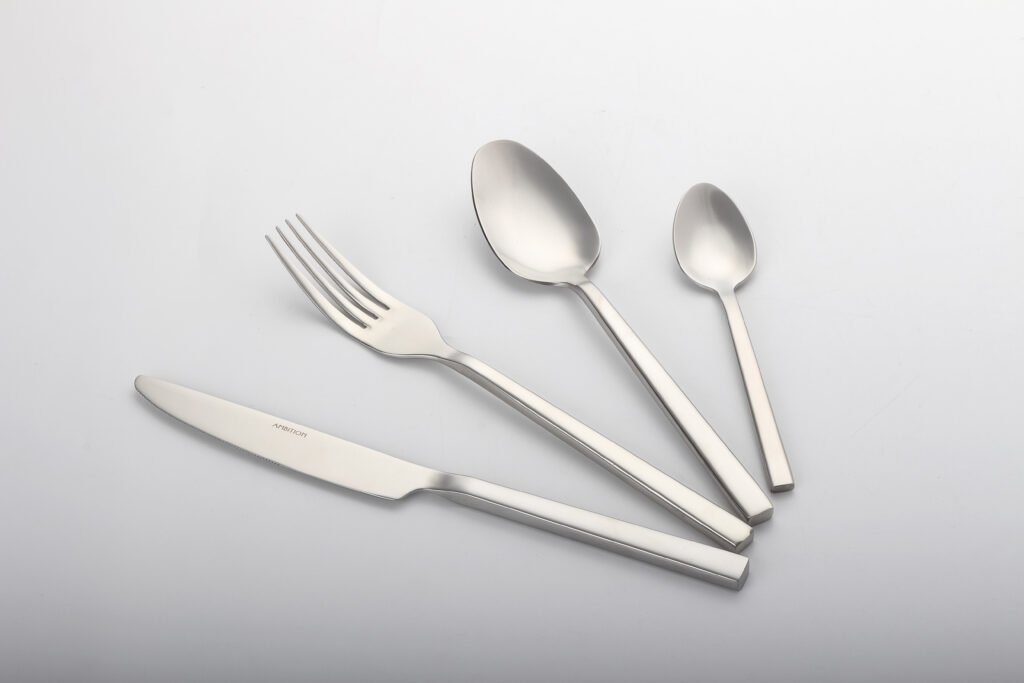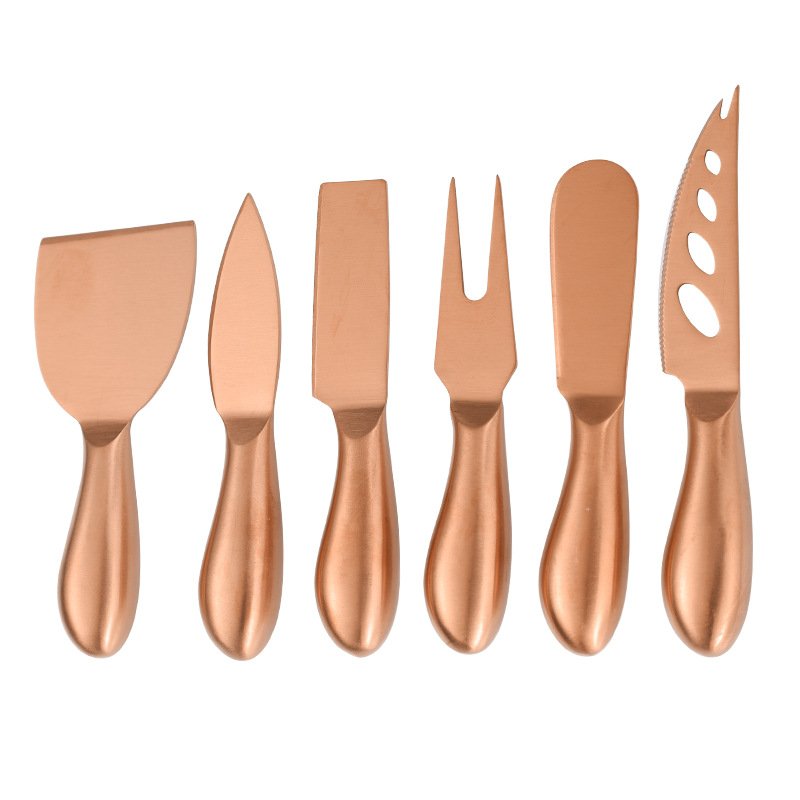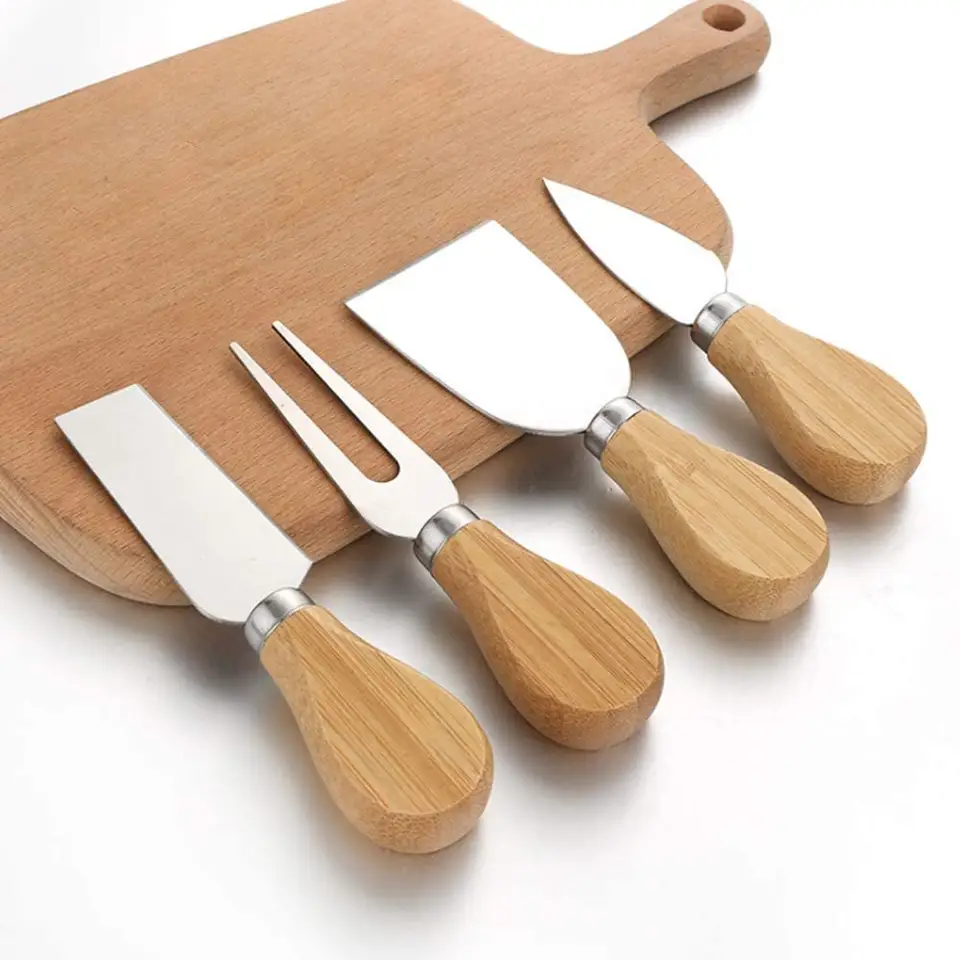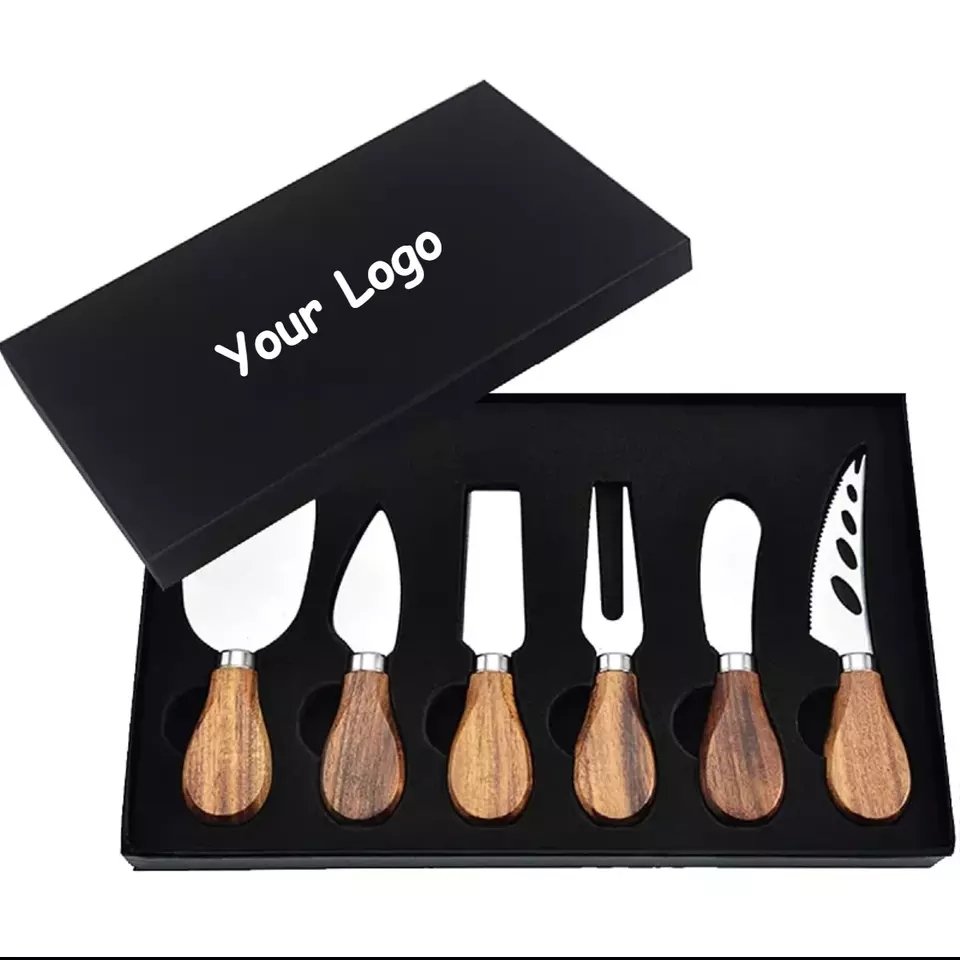A bistro lost 23% of customers due to uncomfortable forks. Discover professional selection strategies perfected through equipping 170+ food establishments globally.
Prioritize 18/10 stainless steel with full tang construction and NSF certification. Balance weight (80-110g per fork), ergonomics, and corrosion resistance for optimal ROI.
Cutlery impacts dining experience more than most operators realize. Let’s dissect critical selection criteria used by Michelin-starred establishments.
Table of Contents
What Flatware Do High-End Restaurants Use?
Three-Michelin-starred kitchens specify exact fork tine angles to optimize plating. Learn luxury standards most suppliers won’t disclose.
Top-tier venues use:
1. 18/10 stainless (preferred by 78% of Michelin kitchens)
2. Argentium silver for VIP settings
3. Custom titanium sets (2.8mm thickness standard)
Luxury Cutlery Specifications Table
| Parameter | Banquet Standard | Michelin Standard | Royal Protocol |
|---|---|---|---|
| Tine Radius | 0.8mm | 0.6mm ±0.05 | 0.55mm mirror-polished |
| Handle Balance Point | 45% from end | 40% | 38% with tungsten |
| Saltwater Resistance | 480h no pitting | 2000h | Permanent coating |
| Emboss Depth | 0.15mm | 0.3mm CNC-carved | Hand-chased 0.5mm |
Material Sourcing
Luxury brands like Christofle use patented GU alloy (18% chromium, 10% nickel, 2% molybdenum). Costs 3X standard steel but lasts 8X longer.
Service Flow Analysis
Fine dining studies show: – 110g forks reduce server fatigue by 18%
– Mirror-polished surfaces speed bussing 23%
– Oval handles decrease drops by 31%

How Can You Tell If Cutlery Is Good Quality?
A supplier’s “premium” knives cracked during steak night. Master these verification techniques I teach procurement teams.
Evaluate:
1. Full tang visible at handle base
2. Seamless laser welds (<0.1mm bead)
3. Markings (18/10 > 18/8 > 18/0)
4. Magnet test (weak attraction = high nickel)
Quality Verification Protocol
Spark Test
– Bench grinder observation:
– Bright white sparks = high carbon (avoid)
– Dull red streaks = proper 18/8+
Density Check
True 18/10: 7.9 g/cm³
Counterfeits often <7.5 g/cm³
Edge Inspection
10x magnification shows:
– CNC-machined edges: Smooth radii
– Cast edges: Porous microstructure
Industry Certifications
– NSF/ANSI 51 (commercial food gear)
– ISO 8442 (material safety)
– REACH nickel compliance (EU)
What Is the Highest Quality Cutlery?
A Dubai hotel spends $385 per custom titanium spoon. Understand extreme quality tiers beyond typical restaurant needs.
Ultimate quality combines:
1. Forged 18/10 steel cores
2. 5μ PVD gold coating
3. Cryogenic hardening
4. Triple-passivation surfaces
High-End Production Process
| Stage | Standard Process | Luxury Process | Result Improvement |
|---|---|---|---|
| Forming | Stamping | Forged from billet | 300% fatigue resistance |
| Hardening | Air-cooled | -196°C liquid nitrogen | HRC 62 → 67 |
| Polishing | 6-stage mechanical | 22-step hand polish | Ra 0.8μm → 0.05μm |
| Coating | None | PVD ZrN (3μm) | 9H pencil hardness |
Case Study: Macau Casino
Commissioned 24k gold-plated titanium sets:
– $2,800 per place setting
– 0.003mm plating tolerance
– Theft dropped 67% (trackable RFID cores)
Which Is Better, 18/0 or 18/10 Stainless Steel?
A buffet chain saved $0.45 per fork using 18/0. Six months later, rust complaints cost $23k in refunds. Know the nickel imperative.
18/10 (10% nickel) resists 3X more dishwasher cycles than 18/0. Use 18/0 only for temporary/emergency situations.
Accelerated Corrosion Testing
| Grade | Salt Spray (hrs) | Dishwasher Cycles | Chloride Exposure | Acid Food Test |
|---|---|---|---|---|
| 18/10 | 1,200 | 15,000 | No pitting | <0.1mg Ni/L |
| 18/8 | 850 | 10,500 | Minor pitting | 0.3mg Ni/L |
| 18/0 | 240 | 3,200 | Severe pitting | 2.1mg Fe/L |
Cost Analysis
– 18/10 costs 18% more initially
– Lasts 4.7X longer in commercial use
– ROI positive after 14 months
Regional Standards
– USA: 18/8 dominates (63% market)
– EU: 18/10 required for warranties
– Japan: JIS G4303 exceeds both grades
What Is the Highest Quality Stainless Steel Cutlery?
German-engineered Cromargan® stays pristine through 50,000 dishwasher cycles. Discover steel formulations regular suppliers rarely offer.
Premium options:
1. Cromargan® (18/10 + 2% Mo)
2. All-Clad 18/8 (interior)
3. Zwilling Cronidur® (nitrogen-hardened)
Advanced Steel Alloys Comparison
| Alloy | Composition | Hardness (HRC) | Cost Per kg |
|---|---|---|---|
| Cromargan® | 18Cr-10Ni-2Mo-0.8N | 58 | $9.80 |
| Cronidur® 30 | 15Cr-1Mo-0.35N | 62 | $14.20 |
| PermaEdge® | 19Cr-9Ni-3Cu-1.5C | 61 | $11.40 |
| Standard 18/10 | 18Cr-10Ni-0.8C | 55 | $6.30 |
Manufacturing Innovation
Zwilling’s ice-hardening process:
– Quench in -196°C liquid nitrogen
– Achieve HRC 62 without brittleness
– Blade edges retain sharpness 8X longer

What Are the Best Luxury Flatware Brands?
Iconic brands like Puiforcat dominate royal palaces. My work equipping embassies revealed these elite manufacturers.
Top 5 luxury brands:
1. Christofle (French silver specialists)
2. Robbe & Berking (German marine steel)
3. Sambonet (Italian design leader)
4. WMF Cromargan® (industrial durability)
5. Tiffany & Co. (heritage American)
Luxury Brand Analysis
| Brand | Signature Tech | Price Range | Lead Time |
|---|---|---|---|
| Christofle | Electroforming silver | $800–$5,000/set | 14–20 weeks |
| Robbe & Berking | 7-step Baltic Sea polishing | $1,200–$8,000 | Custom orders |
| WMF | Cromargan® medical-grade | $350–$2,500 | 6 weeks |
| Puiforcat | Hand-forged Orfèvrerie | $4,000+ | 9–14 months |
Industry Insights
Hotel chain procurement data:
– 5-star properties allocate 8-12% of tabletop budget to cutlery
– Luxury brands require 3X more staff training
– Custom designs add 25-40% to costs
What Cutlery Do Restaurants Use?
Chain restaurants replace 19% of cutlery annually. Optimize your selection with commercial kitchen realities.
Standard specs:
– 18/8 or 18/10 stainless
– 85-110g fork weight
– NSF-certified dishwash-safe
– Mirror or satin finish
Commercial Usage Patterns
| Restaurant Type | Annual Replacement Rate | Top Breakage Causes | Preferred Finish |
|---|---|---|---|
| Fast casual | 22% | Dishwasher galling | Satin (hides marks) |
| Fine dining | 9% | Theft/loss | Mirror polish |
| Buffet | 38% | Guest misuse | Textured grips |
| Food truck | 31% | Environmental corrosion | Powder-coated |
Material Thickness Standards
– Forks: 2.0-2.3mm prongs
– Spoons: 1.8-2.0mm bowls
– Knives: 2.5mm bolsters
Ergonomic Studies
FDA grip comfort guidelines:
– Handle diameter 12-14mm
– 8-12° downward tine angle
– Non-reflective spine
What Stainless Steel Is Used in Restaurants?
Seafood restaurants battle chloride corrosion. Discover marine-grade solutions surviving 5X longer than standard steels.
Prime choices:
1. 304 (18/8): Budget-friendly
2. 316 (marine): High chloride resistance
3. 430 (18/0): Temporary use only
4. Custom alloys (with N/Cu)
Stainless Steel Grade Comparison
| Grade | Cr/Ni Content | PREN* Value | Cost Index | Best For |
|---|---|---|---|---|
| 430 | 16% Cr / 0 Ni | 16 | 1.0 | Low-budget interiors |
| 304 | 18 Cr / 8 Ni | 19 | 1.5 | General restaurants |
| 316 | 16 Cr / 10 Ni + 2 Mo | 24 | 2.3 | Coastal/seafood |
| 904L | 20 Cr / 25 Ni + 4 Mo | 35 | 7.8 | Extreme environments |
*Pitting Resistance Equivalent Number
Corrosion Science
| Feature | 316 Stainless Steel |
|---|---|
| Protective Layer | Forms MoO₄²⁻ (Molybdate) protective layer |
| Chloride Resistance | Withstands up to 10,000 ppm (vs 304’s 500 ppm) |
| Best Use Cases | Oyster bars, sushi counters, coastal kitchens |
Choose 18/10 or 316 stainless for most commercial needs, reserving titanium/silver for specialty applications. Prioritize ergonomics and certifications over aesthetics alone for lasting operational efficiency.





